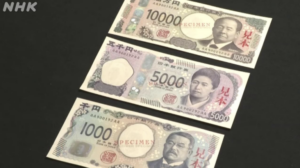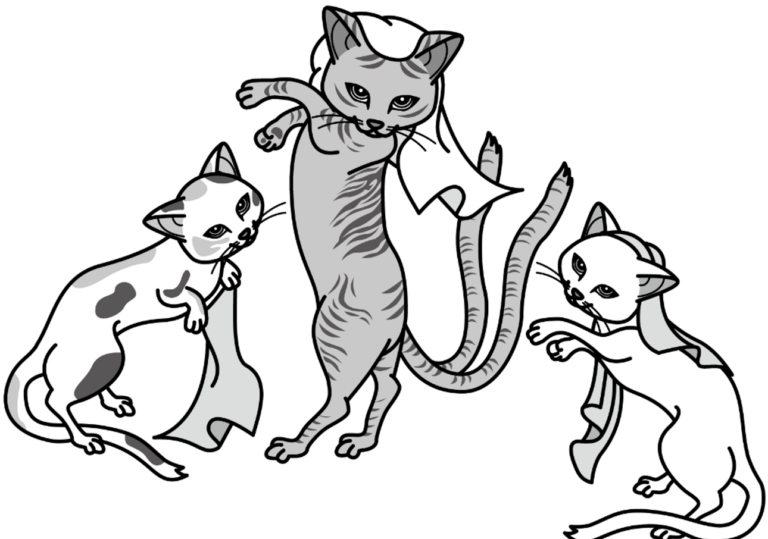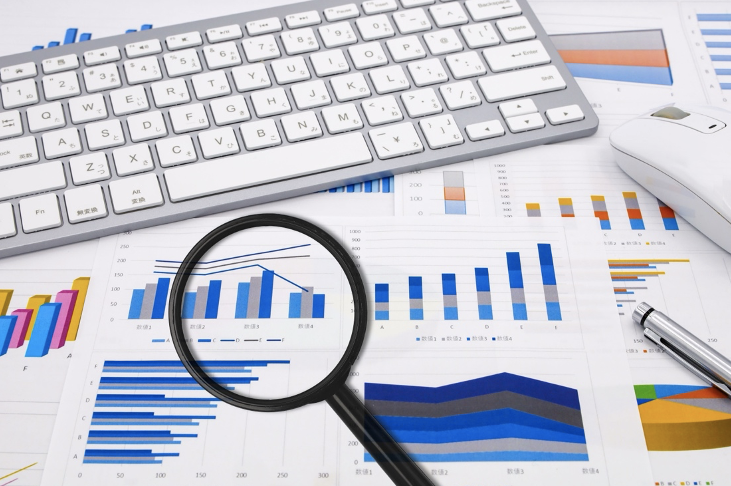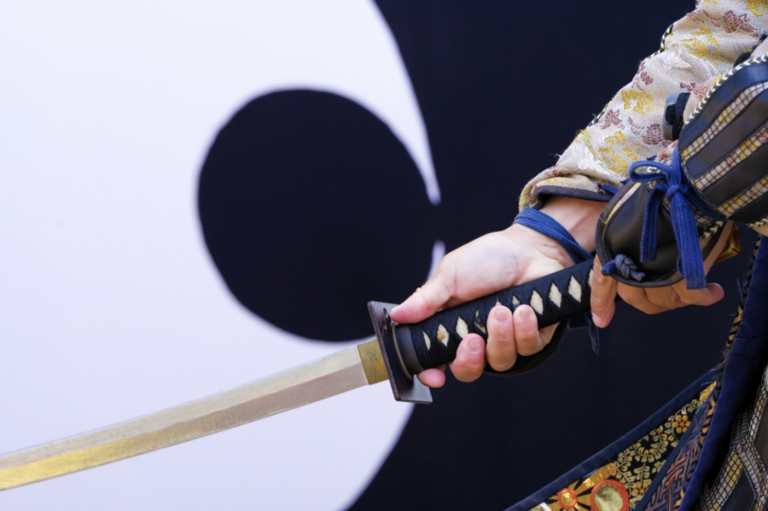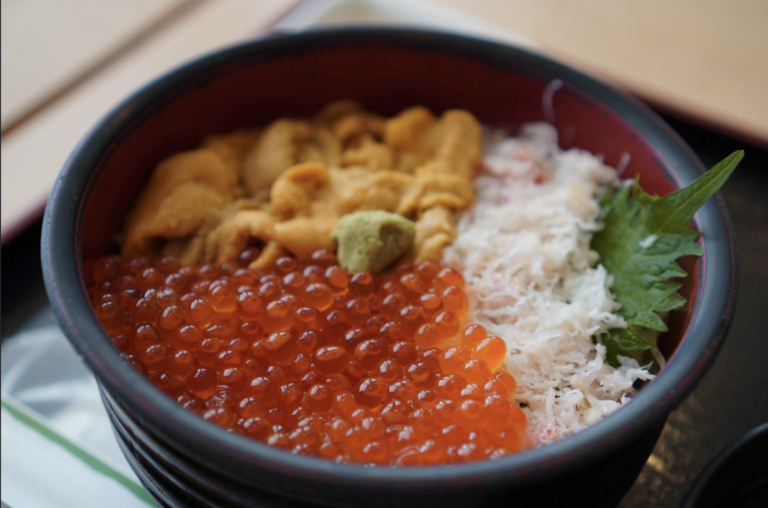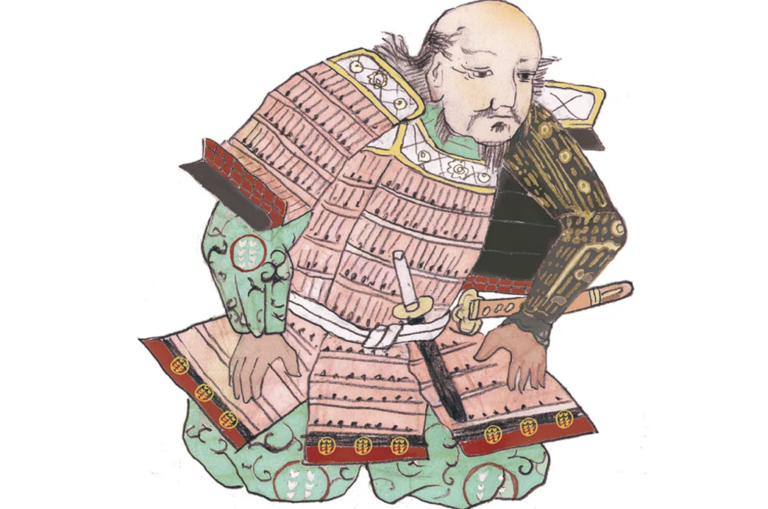Japan’s new banknotes are here! Why were they changed?
Did you know that new Japanese banknotes were issued on July 3, 2024? Japanese banknotes come in three denominations: 10,000 yen, 5,000 yen, and 1,000 yen and they incorporate Japan’s most advanced technology to prevent counterfeiting.
Since this is the culmination of advanced Japanese technology, I will introduce the points of particular interest.
Deep intaglio printing
The printed surface is raised to create an uneven surface. When you touch the bill, this becomes clear, but it is a very complicated printing technique.
Watermarked image background
Japanese banknotes have always depicted people as watermarked images. Watermarking is a technique in which the thickness of the paper is slightly altered to change the transmittance of light striking from the reverse side thereby producing an image.
The new banknotes have a background with even more subtle differences. This is done through the use of traditional Japanese paper (“washi”) manufacturing techniques.
Holograms
US dollar banknotes also contain holograms, but the new Japanese banknote ones are amazing. It is a 3D hologram, which means that the direction of the person depicted on the bill changes depending on the angle from which it is viewed.
This technology is said to be a world-first.
Latent image patterns
When viewed from the front, nothing is visible, but when tilted, the word “NIPPON” (meaning Japan) appears. Information on this technology is not known, but it’s quite amazing.
On a different note, a special paint called pearl ink is also used. You cannot see it from the front, but if you tilt the note, you can see a pink gloss.
Micro characters
As the name implies, the letters are very small. When you get a new banknote, try using a magnifying glass to look at it. The letters are hidden in various places. They are almost invisible to the naked eye and cannot be reproduced by a photocopier.
Special fermentation ink
When exposed to ultraviolet light, a portion of it emits light. A counterfeit bill would be recognized from just a single look.
In addition, I will explain the three people selected for the new banknotes.
10,000 yen bill: Eiichi Shibusawa
Known as the father of the modern Japanese economy, he was the person who shaped the modern Japanese economy. He is said to have been involved in some 600 social and public works projects.
5,000 yen bill: Umeko Tsuda
She was the person who traveled to the United States at a time when the country was still ruled by samurai and began educating Japanese women based on the knowledge she acquired there. She was the prototype for the advancement of women in society.
1,000-yen bill: Kitasato Shibasaburo
A medical doctor who established Japan’s first private research institute for infectious diseases and was the first in the world to discover the bacteria “yersinia pestis”. He was a pioneer in the development of Japanese medicine.
These new banknotes with their new technology, could be a souvenir as they are. Old banknotes can still be used, so don’t worry if you have them. There is no need to exchange them for new ones.
If you have yen in hand, please be careful about converting them since the yen is currently weak.
ABE KENGO


